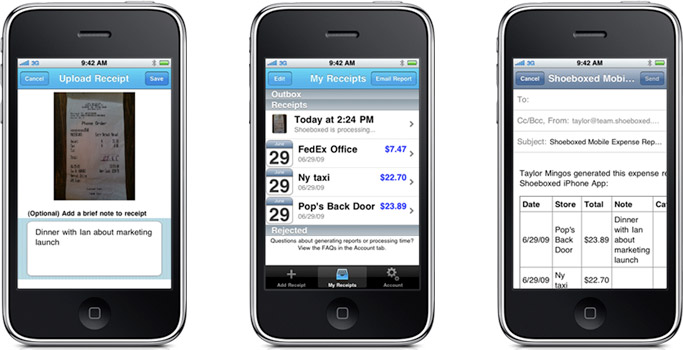eMarketer discusses a Zara iPhone app that fails to deliver. The app is just a catalog with pictures of products, but with no option to check the price or to buy the product.
Practical eCommerce has another article that reviews some of the popular ecommerce iPhone apps.
Like I commented on that page, I believe that these apps do not fully utilize the capabilities offered by the iPhone platform. When new technologies arrive, most people blindly copy over their existing model to fit the new platform without fully considering the potential of the new platform. iPhone, being a handheld computer, can offer much more than what a regular web-based catalog can offer.
A good example that utilizes the iPhone platform is the Tesco Wine app. With the Tesco app, you need to just take a picture of a wine bottle, and it will offer you tasting notes and other details about the wine. It’ll then let you buy a bottle via the same app from the ecommerce store.
Another good example is the Shoeboxed iPhone app from Shoeboxed.com. If you are not familiar with Shoeboxed, here is what they do. You can send them all your receipts and business cards packed in an envelope and they will scan them, organize them, and give you online access to them.

So how does their iPhone app work? You just need to photograph the receipt. The iPhone app extracts the data from the photograph and displays it on the iPhone. You can submit it to your online account on the spot.
My point is that ecommerce merchants should try to get a deep understanding of the customer’s mindset and then provide creative solutions that utilize the capabilities of the iPhone platform. That will give you better results than just porting over your current webstore into an iPhone app.
